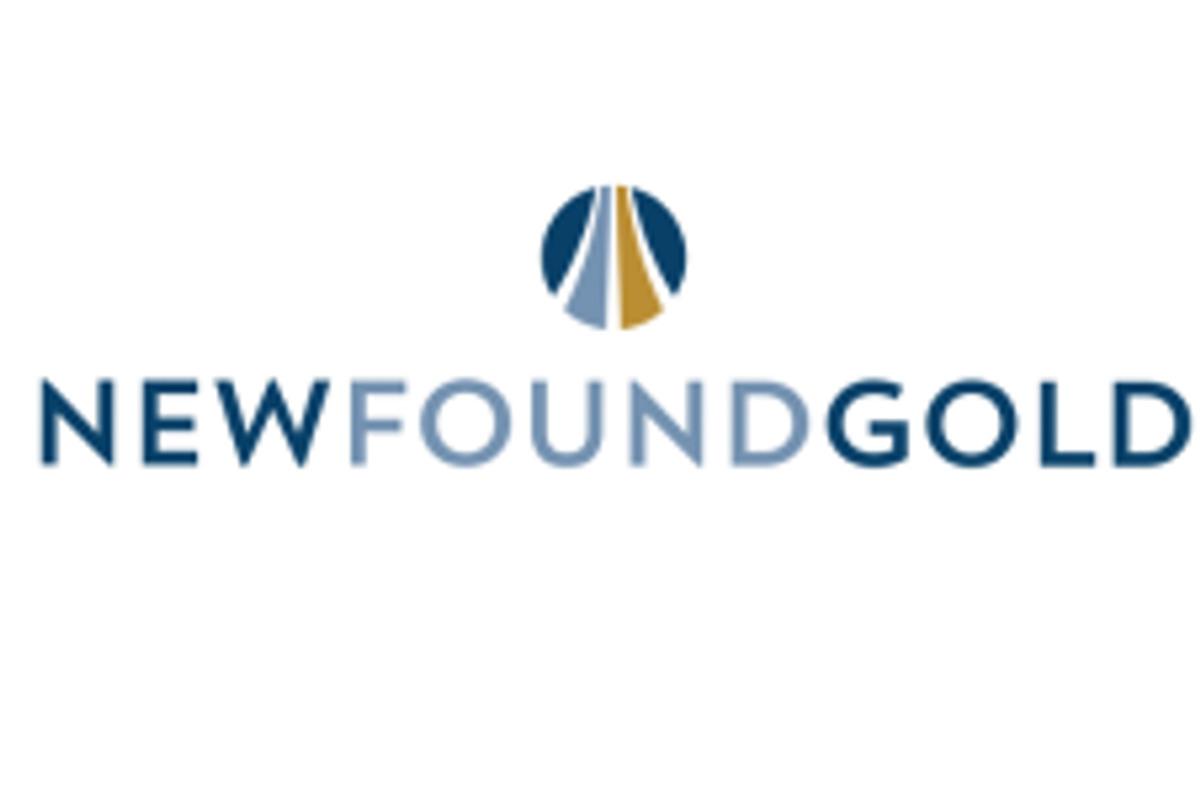
- NORTH AMERICA EDITIONAustraliaNorth AmericaWorld
March 26, 2023
Breaker Resources NL (ASX: BRB; the Company or Breaker) wishes to advise that it has now received all the assay results from the co-funded EIS diamond drilling program at its 100% owned Ularring project in Western Australia. This announcement contains the freshly received assay results and preliminary interpretations.
Drill holes intersected low grade copper, silver and gold mineralised zones at both the historical Centre Forest copper-gold prospect and further to the north west of the tenement at the West Target EM anomalies.
Mineralisation occurs as sulphides, mostly pyrrhotite with minor chalcopyrite and occasional pyrite and bornite, disseminated at the contact or within narrow granitic bodies or breccias.
Centre Forest drilling
A line of four diamond holes (BUDD0002, BUDD0003, BUDD0004 and BUDD0005) were drilled at the Centre Forest copper-gold prospect across the Meenar shear zone, directly east of the historical drilling. The aim was to test multiple historical surface metal anomalies and have a better understanding of the lithologies, structures and style of mineralisation associated with the complex geology of the Meenar shear zone. At Centre Forest, intervals such as 61m at 0.87g/t Au and 25m at 0.47g/t Au and 0.18% Cu were reported by previous explorers (WAMEX Report A64958). It is suspected that those down-hole intervals are sub-parallel to the mineralisation.
BUDD0002 was abandoned at 63.7m due to drilling issues associated with ground conditions and redrilled one meter East as BUDD0003. Silver mineralisation was intersected in BUDD0002 near the start of the hole, with 27.8m at 2.2g/t Ag from 3.7m.
BUDD0003 intersected a sequence of gneisses and granulites intruded by a variety of granitoids and pegmatites before being abandoned at 358.8m because of drilling issues. The hole initially intersected silver mineralisation near the top with 2.7m at 4.37g/t Ag from 1.3m, repeating similar low grade silver mineralisation in comparison to BUDD0002 but on a much shorter interval. The hole then intersected up to ~1% sulphides (pyrrhotite, chalcopyrite, bornite) associated with pegmatite dykes, returning 17.8m at 0.18% Cu from 341m, including 1.13m at 0.58% Cu, 2.28g/t Au and 1.34g/t Ag from 350m and 1m at 0.22% Cu, 1.36g/t Au and 1.5 g/t Ag from 357m.
BUDD0004, drilled to 249.3m, intersected the same lithologies as BUDD0003. Limited mineralisation was intersected in this hole, with the best intercept being 1.1m @0.18% Cu and 1.45g/t Ag from 213.02m.
BUDD0005 was drilled to 322.7m and intersected a sequence dominated by banded iron formations and mafic to ultramafic units before entering a package dominated by gneisses and granulites intruded by a variety of granitoids and pegmatites. Up to 2% disseminated sulphides consisting of pyrrhotite, pyrite ± chalcopyrite were intersected in foliated fine grain gneisses, returning 3.89m at 0.17% Cu from 171.61m.
Minor sulphides up to 0.5% pyrrhotite, pyrite ± chalcopyrite were also intersected within the banded iron formations, but returning only 1m at 0.1% Cu.

Samples from the drill program were assayed by ALS laboratory in Perth for a wide range of elements using fire assay and four acid digest to cover any potential type of mineralisation.
This includes lithium and other metals of the rare element class following the intersection of numerous pegmatite bodies. Assay results did not return any lithium or other rare metals mineralisation associated with the intersected pegmatites.
A list of selected assay results and elements is located in Annexure 1.

West Target drilling
The first diamond hole BUDD0001 was designed to test the “West Target”, and historical geophysical anomalies (FLTEM) interpreted to be sulphidic in nature, associated with copper anomalies at surface in soil, and never drill tested. BUDD0001 intersected a package of folded and foliated mafic and felsic gneiss intruded by granitic and pegmatitic dykes. The hole successfully intersected the two historically modelled conductors at 47m and 112m respectively. Both conductors consist of similar sulphidic breccias with a pyrrhotite ± chalcopyrite ± pyrite matrix (~30%) surrounding clasts (up to several cm) of quartz-rich pegmatite dykes. The rest of the sequence consists of various gneisses and granulites as well as banded iron formations. Mineralisation associated with the sulphidic conductors consist of 1.13m at 1.83g/t Ag and 0.12% Cu from 46.39m and 0.84m at 1.95g/t Ag and 0.12% Cu from 111.5m.
Click here for the full ASX Release
This article includes content from Breaker Resources NL, licensed for the purpose of publishing on Investing News Australia. This article does not constitute financial product advice. It is your responsibility to perform proper due diligence before acting upon any information provided here. Please refer to our full disclaimer here.
BRB:AU
The Conversation (0)
29 June 2022
Breaker Resources
Transitioning From Explorer to Developer in Western Australia
Transitioning From Explorer to Developer in Western Australia Keep Reading...
24 December
What Was the Highest Price for Gold?
Gold has long been considered a store of wealth, and the price of gold often makes its biggest gains during turbulent times as investors look for cover in this safe-haven asset.The 21st century has so far been heavily marked by episodes of economic and sociopolitical upheaval. Uncertainty has... Keep Reading...
24 December
Blackrock Silver Announces C$15 Million Strategic Investment by Two Cornerstone Purchasers
Blackrock Silver Corp. (TSXV: BRC,OTC:BKRRF) (OTCQX: BKRRF) (FSE: AHZ0) ("Blackrock" or the "Company") is pleased to announce a non-brokered private placement (the "Offering") of up to 13,636,363 units (the "Units") at a price of C$1.10 per Unit for gross proceeds of up to C$15,000,000. Each... Keep Reading...
24 December
Gold Price Hits New Record, Breaks US$4,500; Silver, Platinum Also at All-time Highs
Gold marked a new price milestone on Tuesday (December 23), continuing its record-breaking 2025 run. The spot price rose as high as US$4,511.83 per ounce, hitting that point at 4:04 p.m. PST. Don't forget to follow us @INN_Resource for real-time updates!Securities Disclosure: I, Charlotte... Keep Reading...
23 December
From Gold Coins to Copper Tools: Unique Festive Gifts for the Metals Investor
With pumpkin spice in the air, thoughts are turning to the biggest event of the year… No, not the curling championships — Black Friday and the start of the gifting season.Here at the Investing News Network, our team aims to provide relevant information to help readers make informed investment... Keep Reading...
22 December
TomaGold Intercepts 6.68% ZnEq (1.57 g/t AuEq) over 48.05 Metres, including 39.03% ZnEq (9.15 g/t AuEq) over 2.90 Metres at Berrigan Mine and Identifies a Major Hydrothermal Footprint
TOMAGOLD CORPORATION (TSXV: LOT; OTCPK: TOGOF) (“TomaGold” or the “Company”) is very pleased to announce the initial assay results from drill holes TOM-25-009 and TOM-25-010 at its Berrigan Mine project located in the Chibougamau mining camp, in Québec. These are the first two of seven holes for... Keep Reading...
Latest News
Interactive Chart
Latest Press Releases
Steadright Grants Stock Options
24 December
Silverco Confirms No Material Change
24 December
Related News
TOP STOCKS
American Battery4.030.24
Aion Therapeutic0.10-0.01
Cybin Corp2.140.00






